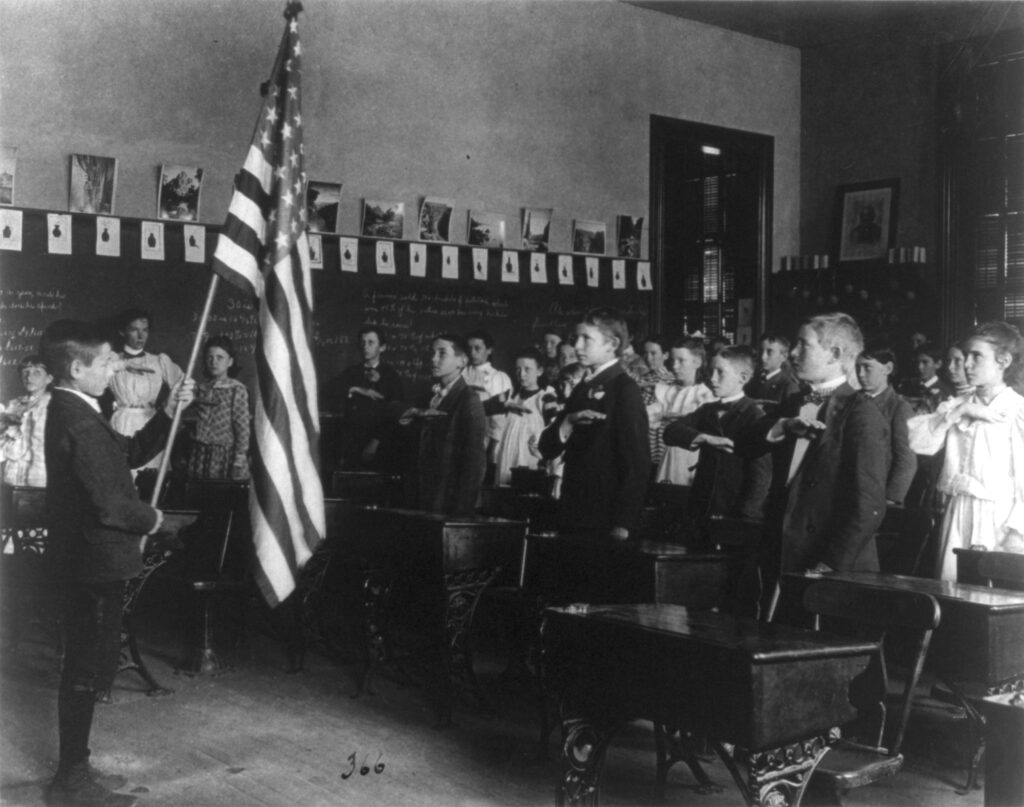The USA Pledge of Allegiance is an iconic expression of loyalty to the country, and its rich history dates back to the late 19th century. Let’s detail it for an AVSOPS post, including an overview of its origins, changes over time, and its meaning today.
The Pledge of Allegiance
Current Text:
“I pledge allegiance to the Flag of the United States of America,
and to the Republic for which it stands,
one Nation under God, indivisible,
with liberty and justice for all.”
History and Origins
The Pledge of Allegiance was originally written in 1892 by Francis Bellamy, a Christian socialist and Baptist minister. It was composed for the 400th anniversary of Christopher Columbus’s voyage to America, intended as a nationalistic oath to inspire patriotism among schoolchildren. Bellamy’s original version was simpler and did not include the phrases “the Flag of the United States of America” or “under God.”
Original 1892 Version:
“I pledge allegiance to my Flag and the Republic for which it stands,
one Nation indivisible, with liberty and justice for all.”
This pledge was first recited by schoolchildren across the country on October 12, 1892, as part of Columbus Day observances. Its simplicity, coupled with a powerful message of unity, made it quickly popular in schools across the nation.
Major Changes Over Time
- 1923 – “United States of America” Added: During a National Flag Conference, concern arose that “my Flag” could refer to any country’s flag, particularly in the context of increasing immigration. Thus, the words “the Flag of the United States of America” replaced “my Flag” to clarify the allegiance.
- 1954 – “Under God” Added: In response to the Cold War and the perceived threat of communism, President Dwight D. Eisenhower and Congress added the phrase “under God” to differentiate the U.S. from atheistic communist ideologies. This addition highlighted the nation’s religious heritage and faith in a higher power, aligning the pledge with the growing emphasis on religious faith as a counter to communism.
Significance of the Pledge Today
The Pledge of Allegiance is now a staple in American schools, public gatherings, and government functions. It symbolizes:
- Patriotism: Acknowledges loyalty to the United States and its democratic ideals.
- Unity: Emphasizes the indivisibility of the nation, reminding citizens of their shared values and collective identity.
- Liberty and Justice: Reflects the core democratic ideals of freedom and fairness for all people within the nation.

